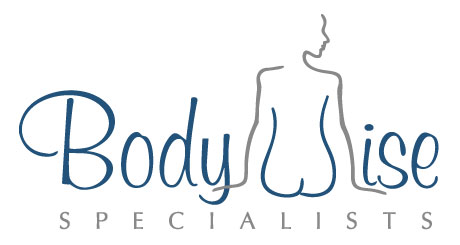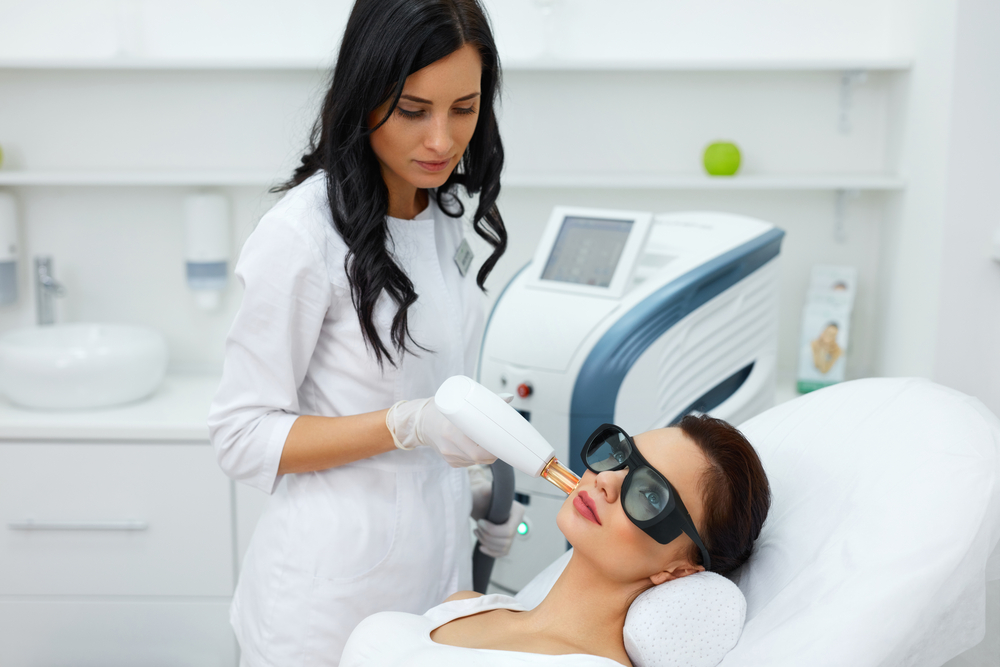The skin performs various functions, from serving as a shield from injuries and harsh conditions as well as preventing loss of moisture. Unfortunately, there are a lot of skin issues that could affect our skin negatively and could lead to acne, spots, uneven skin tone, and a lot more.
These skin problems affect the look of our skin and make us feel unattractive as well as make our skin appear unhealthy. Facial rejuvenation techniques like Skin Resurfacing address such issues and help create better ways to keep our skin looking fresh and healthy.
What is skin resurfacing?
Skin Resurfacing or photo rejuvenation is a skin treatment carried out using different techniques aimed at improving the appearance of the skin and treating mild skin imperfections. It is a non-surgical treatment involving various methods and products that can be applied to different body parts, such as the hands, neck, and face. Since it is a non-surgical procedure, it requires little downtime and takes between 30 minutes and 2 hours for the full process depending on what areas you want to correct and the technique being used.
Skin resurfacing works by removing damaged outer layers of the skin or remodeling it. This helps induce a natural healing process that stimulates collagen growth on the dermis. The dermis can be regarded as the underlying skin or the inner layer of the two main layers of the skin. The results are long-lasting and require very little downtime.
Types of skin resurfacing treatments
Skin Resurfacing treatments and techniques are of various types, depending on what you want and even your skin type. All of these treatments have one goal, which is to give you youthful, healthy-looking skin to enhance your looks and help boost your confidence as well as self-esteem. These skin resurfacing treatments may include chemical peels, dermabrasion, laser skin resurfacing, and IPL photo rejuvenation.
Laser resurfacing
This particular treatment is among the most common skin resurfacing treatments. It addresses skin issues such as acne, fine lines, shallow scars, wrinkling, sun-damaged skin, and even spots that show up as a result of aging.
The laser resurfacing treatment has various techniques. It can be done using an Ablative laser or non-ablative laser. The ablative laser technique includes ablative therapy using CO2 laser (carbon dioxide) or erbium laser. This laser removes the epidermis of the skin, which then stimulates the growth of neocollagenesis in the dermis.
The development of collagen helps improve skin texture and firmness. It may also include pulse-dye lasers and fractional lasers. The non-ablative skin resurfacing technique goes deeper by reaching the inner layers of the skin and heating it. This is because some lasers in the ablative process might not break the skin surface. The non-ablative laser process works quicker than the ablative laser process and is less aggressive, requiring lesser downtime.
Laser Skin Resurfacing is recommended for patients with wrinkles around the eyes, mouth, and forehead. Also, if you’re a previous patient who has had a facelift and your skin was unresponsive, the laser skin resurfacing treatment is highly recommended. It is a straightforward technique that helps reduce skin irregularities.
Chemical peels
A chemical peel is a basic method used to rejuvenate the skin. It involves the removal of dead skin cells from the outermost layer of the skin by causing trauma or injury to those layers of the skin.
They can be used on all skin types and address several skin issues such as inflammatory hyperpigmentation, came, wrinkled skin, and uneven skin tones. The chemical peel skin resurfacing treatment involves applying products or solutions on places like your hands, face, and neck over a certain period and results in the peeling away of unhealthy and damaged skin in the outermost layer to reveal more healthy-looking and smooth skin.
Chemical peels may involve the use of light or deep medical peels. Light chemical peels only go partially through the outermost layer, while deep chemical peels go deeper to the dermis. They both obtain the same goal, only different. Chemical peels are a very reliable way to resurface and enhance the look of the skin; hence an essential skin resurfacing type or technique.
Microdermabrasion and dermabrasion
Some skin resurfacing treatments may require mechanical exfoliating therapies that remove the outermost layer of the skin (Epidermis), thereby revealing a more healthy, smooth, and attractive skin. Microdermabrasion and dermabrasion are part of such skin resurfacing treatments. Both methods provide light abrasion using a portable hand device. The main difference between these two is the level of intensity during skin resurfacing. In comparison, dermabrasion is a much greater technique than microdermabrasion.
Microdermabrasion carries less risk and is generally much safer than fermentation. It can help improve skin tone and assist with skin care products. The procedures are performed in series, and results are quickly noticeable.
Dermabrasion is an invasive surgical process that requires the need for anesthesia due to the strong level of intensity during the skin resurfacing procedure, and it could take up to 2 hours to complete.
They are both very good skin resurfacing techniques and address severe skin issues like deep wrinkles and intense pigmentation ions and scars.
Risks associated with skin resurfacing
Skin resurfacing can greatly help treat several skin flaws and help improve the general well-being of the skin. it is uncommon but sometimes an infection can occur from laser resurfacing as well as experiencing changes in skin color or increase acne due to the application of bandages after treatment. The specialists at Bodywise are very versed at knowing what to do before and after the surgery.
Conclusion
With Skin Resurfacing treatments from the Bodywise specialists, you can be ensured of a successful resurfacing procedure carried out by qualified experts that leave you with long-lasting results that enhance and make your skin more youthful.


